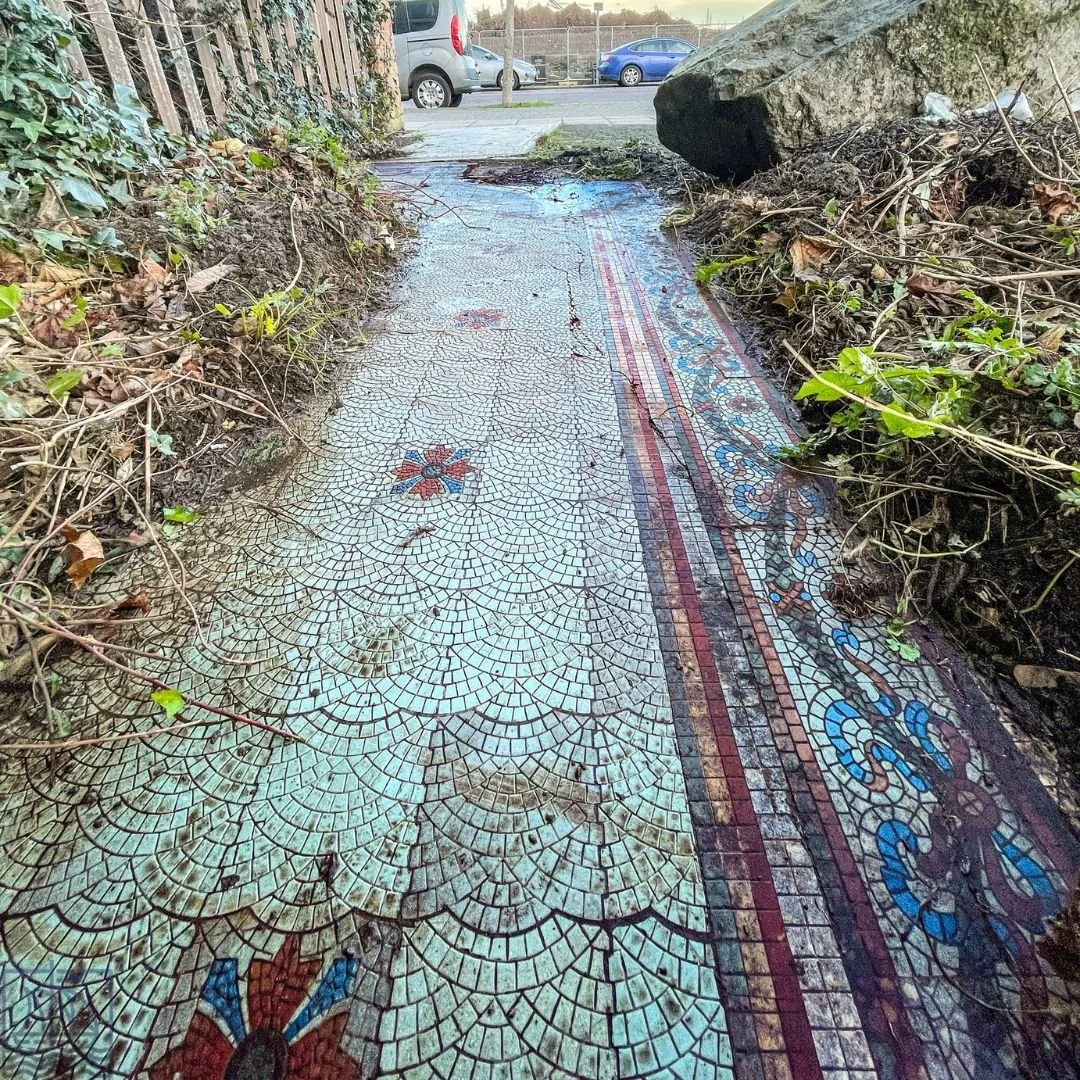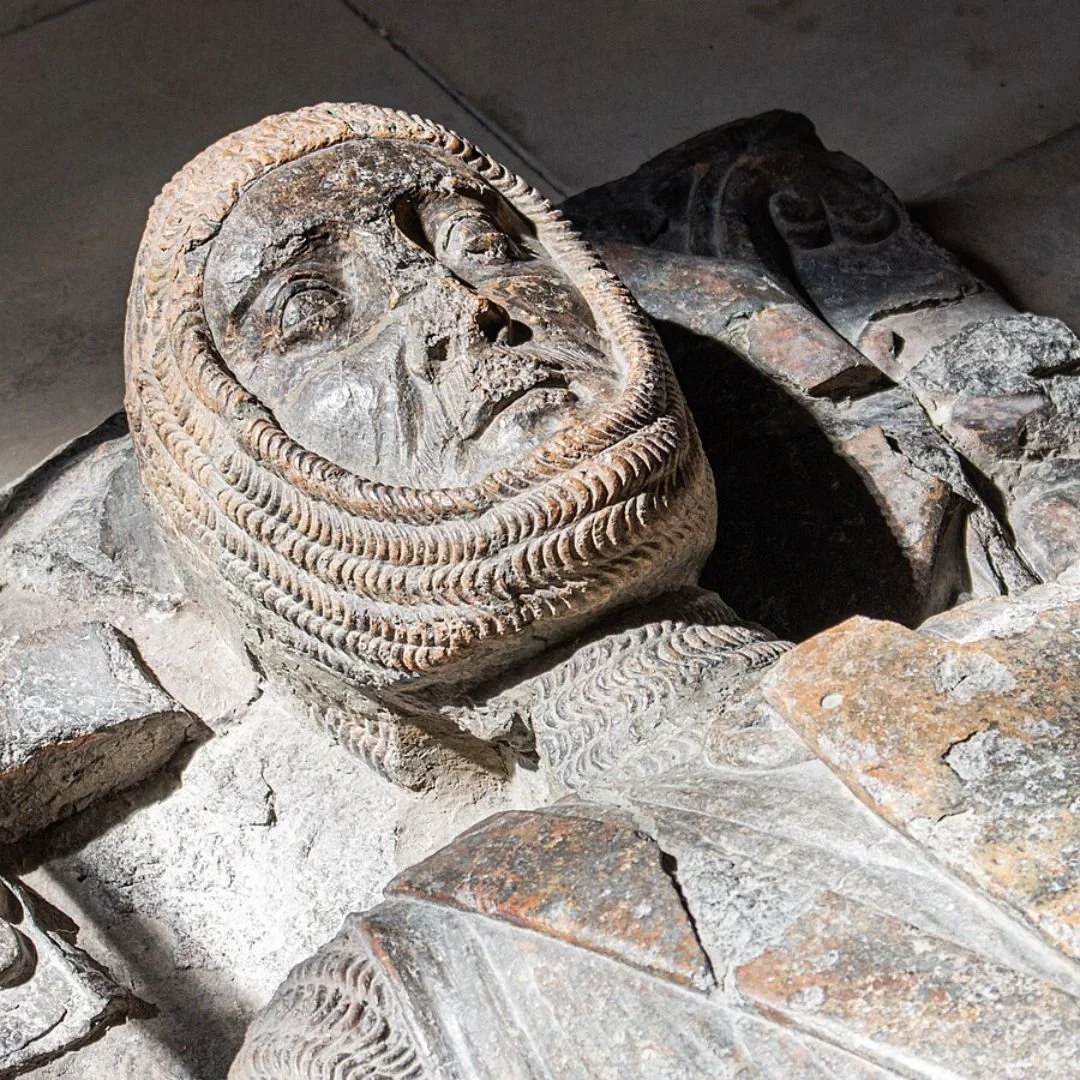Dick Whittington Inn, London’s Oldest Pub Meets Demolition Fate
24 Cloth Fair, also known as the Dick Whittington Inn, is a building dating back to the 16th century, situated amidst a row of medieval structures along the street.
Positioned at the terminus of Cloth Fair, near the junction with Kinghorn Street, it exemplifies the architectural style prevalent in ancient London streets.
Characterised by its modest three-story design, the building features an attic gable and a second-floor slightly jettied (overhanging) structure.
While often reputed as London's oldest inn, it obtained its license only in 1848.
It's worth noting that several pubs in London predate this, with the Seven Stars on Carey Street in Holborn considered one of the oldest establishments in the city.
The corporation of London acquired the building, along with several other medieval houses lining Cloth Fair, which had stood for centuries.
Unfortunately, in 1916, they were all demolished as part of a slum clearance initiative.
On the opposite end of the terrace, one structure (41 & 42 Cloth Fair) survived the clearance and was instead restored, demonstrating that preservation was feasible with minimal effort.
Today, the space is occupied by a nondescript modern building, indicating that the replacement for this invaluable piece of history failed to endure even a century.
Notably, in the background, a Victorian building remains largely unaltered, serving as a stark reminder of the vanished architectural heritage.
Reacting to the historic photos on social media, someone said: “More evidence that being "bothered" about old buildings is a comparatively recent things and our great grandparents' generation didn't care if an old building was swept away.
”Pandemonium would be unleashed were that to be demolished now.”
Another person added: “Have you noticed the floors get wider the higher?
”I’ve been told if the ground level was less the tax or something cost less when built, to maximise space, so any further floors weren’t counted!”
Why many buildings in London demolished in the 18th century?
Several factors contributed to the demolition of many buildings in London during the 18th century.
London experienced significant population growth during this period, leading to increased demand for housing and infrastructure.
To accommodate the growing population, older buildings were often torn down to make way for new construction projects.
The 18th century saw a shift towards urban planning and redevelopment initiatives aimed at modernising the city.
This involved clearing out older, dilapidated structures to make room for newer, more efficient buildings and thoroughfares.
Fire hazards was also a big reason why many buildings were demolished.
London's susceptibility to fires, exacerbated by its densely packed wooden buildings and narrow streets, prompted authorities to implement measures to reduce fire risk.
This included tearing down older structures and replacing them with buildings constructed of more fire-resistant materials.
Overall, the demolition of buildings in 18th-century London was driven by a combination of factors related to population growth, urban development, industrialisation, fire safety, and infrastructure expansion.
Although many old pubs in London were lost in the 18th century, we’ll show you some lovely survivors below.
The Prospect of Whitby
The Prospect of Whitby is a Grade II listed gem and one of London’s oldest pubs.
In fact, the iconic pub is also thought to be the oldest riverside pub on the River Thames.
There has been a pub on this site since the time of Henry VIII, and the first pub was probably built in 1520.
You can still walk across the original 400-year-old flagged stone floor in the building.
The pub also features a rare pewter-topped bar as well as old barrels and ships masts built into the structure.
Most areas of the pub have spectacular views over the River Thames, including the beer garden and first floor balcony and terrace.
In former times it was a meeting place for sailors, smugglers, cut-throats and footpads.
Sir Hugh Willoughby, an early Arctic voyager, sailed from here in 1553 in a disastrous attempt to discover the North-East Passage to China.
Other notable customers include Charles Dickens, Samuel Pepys, Judge Jeffries and artists Whistler and Turner.
The George Inn
The George Inn, built in 1676, is London's only surviving galleried inn.
Dating back to the 17th century, The George is a pub that has stood the test of time and continues to welcome all who visit the changing face of London.
It’s the last surviving galleried inn in London and just a two-minute walk from popular Borough Market.
The galleries which front the building were once common on inns, but many other surviving examples of coaching inns were lost during the Second World War.
Today, there remain a significant number of historic features.
Within the galleried part of the building, the rear (south) wall has three chimney stacks, which despite having been rebuilt to varying degrees, are original to the building.
Each of the chimneys originally had a fireplace on each of the three principal floors.
The Coach & Horses
The Coach and Horses pub in London is one of the capital’s most iconic pubs.
As traditional as its name, it’s one of Mayfair’s oldest surviving unreconstructed taverns from the 17th century.
With its stained glass windows, the Tudor exterior still beckons punters wanting to experience true London pubs.
Dating from the 1770s, the coaching inn was built to capitalise on the increasing numbers of people travelling via horse and carriage, providing rest to the tired horses and their weary passengers.
It is a small yet immensely popular public house: indeed, it seats a maximum of 50 people.
Those intending to meet there for some after-work refreshment are advised to leave the office as soon as possible in order to secure a seat!
There are four monthly changes of cask ales to sample, with the best of British on offer for all to enjoy - and it’s dog-friendly too!
The Blackfriar Pub
The Blackfriar Pub in London is a Grade II listed building on Queen Victoria Street.
The pub, one of the most iconic in London, was built in 1875 on the site of a former medieval Dominican friary.
You won’t be able to miss the wedge-shaped building, with its mosaics, ornamental balconies, and famous guardian black friar above the front door.
The quirky building, one of the greatest pubs in England, was remodelled around 1905 by the architect Herbert Fuller-Clark.
The Blackfriar has been skilfully designed inside to reflect its Dominican roots.
Everywhere you look there are stunning sculptures, mosaics and wooden reliefs featuring black friars beaming down on you with happy, smiling faces.
In fact, it was the Grey Friars who had a reputation for being particularly jolly, but who knows!
The back room, with its wall to wall marble, is nothing short of a chapel in a cathedral.
If you enjoyed this blog post, please follow Exploring GB on Facebook for daily travel content and inspiration.
Don’t forget to check out our latest blog post below!
Thank you for visiting Exploring GB.
























